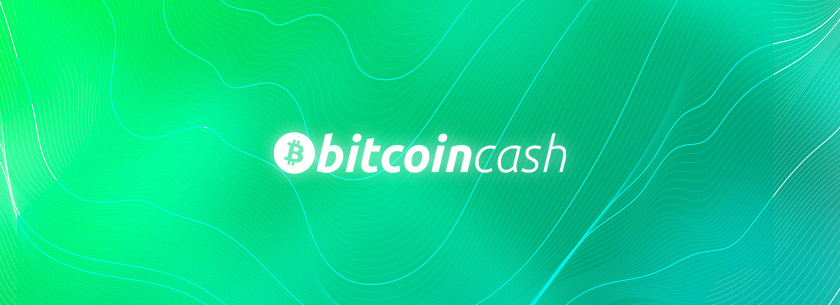
Since its creating, the Bitcoin blockchain faced the problem of scaling - maintaining the efficiency of the entire system during an increase of users. Processing, storage and verification of transactions in a decentralized network is based on the existence of consensus algorithms. And the more such “approvals” are needed, the slower is the process in total.
In addition, blockchain technology initially had a relatively low speed. For example, the Visa.Inc banking system, associated with credit cards around the world, makes more than 150 million transactions every day, which is approximately equal to 1700 procedures per second. However, this is even lower than the planned capacity, which reaches 65 thousand transactions.
The Bitcoin blockchain features are much lower - up to 7 transactions per second. And since there can be really many nodes in the network, only transaction processing can be delayed for several minutes. Queues began to form. And the problem needed to be solved somehow.
Developers and miners proposed two options for a possible solution to the problem. The first implied a change in the structure of data storage in the direction of reducing its volume. And the less the transaction “weighs”, the faster its processing will take place. The second method involved the actual increase of the data blocks size. Finally, the second option formed the basis for creating Bitcoin Cash.
The difference between Bitcoin and Bitcoin Cash
Bitcoin situation
In July 2017, in a general vote, users and miners of the Bitcoin network, which accounted for approximately 80-90 percent of the total computing power, voted to introduce the SegWit2x technology. It reduced the actual volume of the transaction, removing the digital signature from it and attaching it to the alternative block. Thanks to this, almost 65 percent of the base amount of information storage was freed up, so the working size of the storage unit expanded to 2 MB. However, the potential ability to store more information is not always used. So, for example, according to data for January 2020, the average usable amount of information storage is 1 MB. Which, of course, is equal to the actual volume of the block, but less than potentially possible. Nevertheless, the introduction of this technology has significantly accelerated the operation of the blockchain network. This, for example, confirmed the research of the BitMex cryptocurrency exchange conducted in September 2017.
Bitcoin Cash situation
Not everyone liked the introduction of SegWit2x technology. Many have seen that this is only a temporary solution to the problem, and even that is associated with some difficulties. For example, this technology contradicted the “road map” for the development of the Bitcoin network compiled by its legendary anonymous creator Satoshi Nakamoto. In addition, the separation of digital signatures from transactions somewhat reduced network transparency. Therefore, many users of the blockchain decided not to switch to a new protocol, but to look for alternatives to it.
Therefore, in August 2017, an official separation took place - a hard fork. Most of the users remained with SegWit2x technology, and the smaller one separated and created a new cryptocurrency - Bitcoin Cash. It differs from the classic bitcoin by an increase in the block volume up to 8 MB and an adjustable level of complexity. This significantly increased the efficiency of transaction processing and significantly accelerated the blockchain.
Conclusions
That’s why in Bitcoin Cash the waiting time is lower, and the transaction cost is cheaper. Yes, and network bandwidth also increased. However, some shortcomings in the new network also existed. For example, a larger block volume is easier to spoil by compromising it to all the blocks of the blockchain. Yes, and there are not too many users who switched to a new cryptocurrency, so the liquidity and convenience of Bitcoin Cash in the real world are significantly lower. And the price of the token also.
In addition, in November 2018, the Bitcoin Cash network experienced its own hard fork, as a result of which a new cryptocurrency was separated - Bitcoin SV. Allegedly - more consistent with the original vision of Satoshi Nakamoto. So the future of these cryptocurrencies is still a debated phenomenon.




